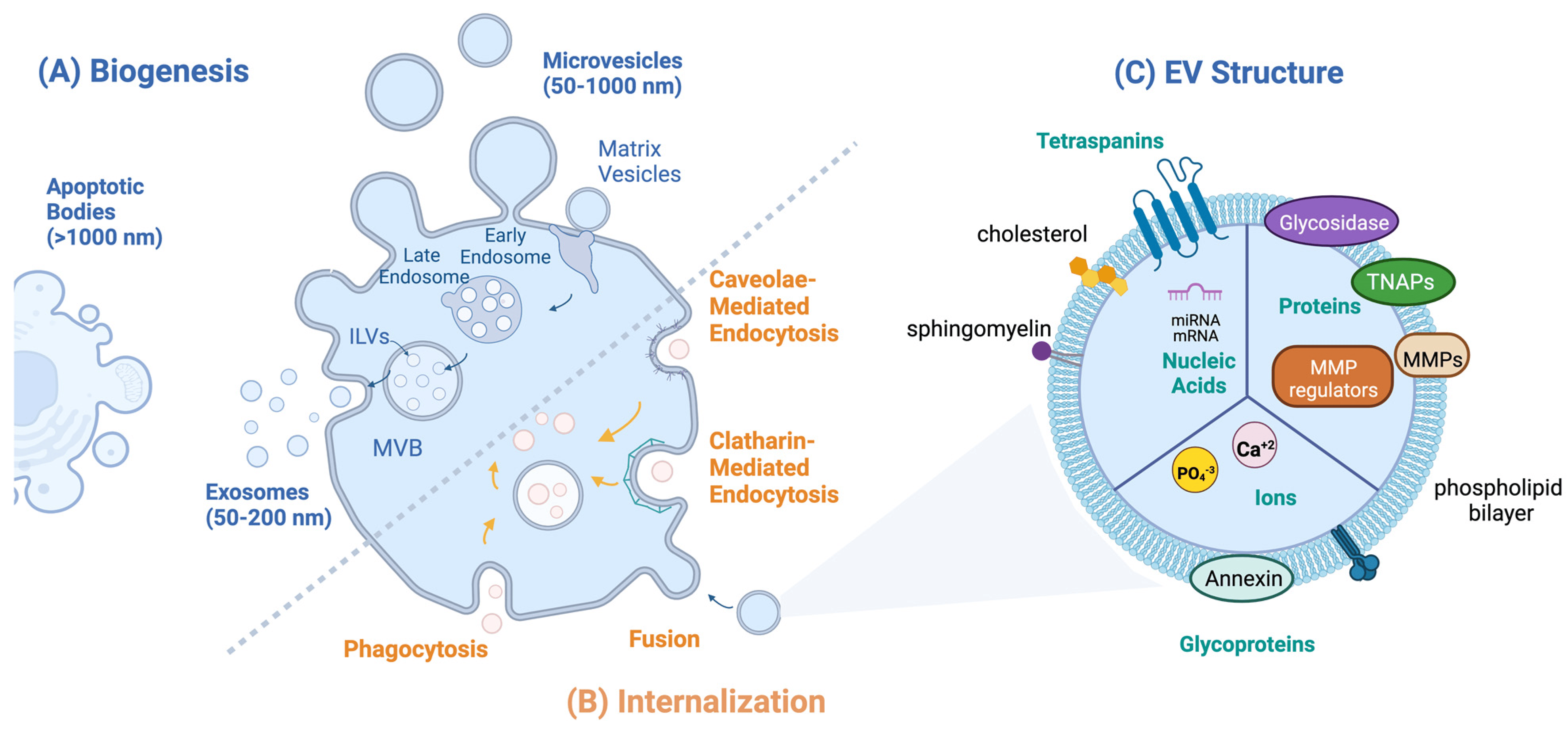Extracellular Vesicle Profiling Services
Extracellular vesicle profiling is a high-throughput analysis technology for the systematic detection and characterization of extracellular vesicles (EVs). EVs are nano-sized vesicles secreted by cells, widely present in bodily fluids such as blood, urine, and saliva. They contain various biomolecules, including proteins, nucleic acids, and lipids, and play a crucial role in intercellular communication, material transport, and signal regulation. By combining advanced techniques such as high-resolution mass spectrometry, flow cytometry, and transmission electron microscopy (TEM), extracellular vesicle profiling services can accurately identify the types, molecular components, and functional characteristics of EVs, revealing their changes in both healthy and disease states.
Extracellular vesicle profiling services are widely used in the basic research and clinical translation of cancer, neurodegenerative diseases, metabolic diseases, cardiovascular diseases, immune diseases, and more. By systematically analyzing the molecular characteristics of EVs, researchers can screen disease-related biomarkers, explore disease mechanisms, and promote the development of novel diagnostic tools and therapeutic strategies, particularly in cutting-edge fields such as liquid biopsy, biomarker discovery, and precision medicine.

Patel, N J. et al. Bioengineering, 2023.
Figure 1. EV Biology.
Services at MtoZ Biolabs
Based on advanced platforms such as high-resolution mass spectrometry, flow cytometry, and transmission electron microscopy (TEM), MtoZ Biolabs' extracellular vesicle profiling services provide comprehensive analysis of extracellular vesicle surface markers, proteins, nucleic acids, lipids, and other molecular compositions. The service covers efficient isolation, quantitative detection, and molecular characterization of extracellular vesicles, ensuring accurate and comprehensive vesicle information. This helps reveal their important roles in disease mechanisms, diagnostic biomarkers, and therapeutic potential.
Analysis Workflow
1. Sample Preparation and Vesicle Isolation
Extracellular vesicles are extracted from samples such as blood, urine, and cell culture supernatant, ensuring high purity and integrity.
2. Vesicle Identification and Characterization
Transmission electron microscopy (TEM) and Western Blot techniques are used to verify the vesicle size, concentration, and markers, confirming their source and quality.
3. Multi-Omics Analysis
Based on high-resolution mass spectrometry (LC-MS/MS), high-throughput sequencing (NGS), and other platforms, comprehensive analysis of the proteins, RNA, lipids, and other components within extracellular vesicles is performed.
4. Data Analysis and Result Reporting
Professional bioinformatics tools are used for data processing, functional annotation, and pathway enrichment analysis. A detailed analysis report is provided to support research or clinical applications.
Service Advantages
1. High Sensitivity and High Resolution
Leveraging advanced instruments such as high-resolution mass spectrometry, flow cytometry, and TEM, precise detection of low-abundance vesicles and rare markers is achieved.
2. One-Time-Charge
Our pricing is transparent, no hidden fees or additional costs.
3. Diverse Sample Compatibility
Supports a variety of sample types, including blood, urine, cell culture supernatant, cerebrospinal fluid, etc., to meet different research needs.
4. Professional Customized Services
Provides personalized experimental design and analysis plans based on customer project requirements, ensuring data highly aligns with research objectives.
Applications
1. Cancer Research and Biomarker Discovery
Extracellular vesicle profiling services can be used to reveal the role of extracellular vesicles in tumor initiation, progression, metastasis, and resistance mechanisms, and to screen biomarkers for early diagnosis and treatment monitoring.
2. Neurodegenerative Disease Mechanism Research
Analyzing the molecular features of extracellular vesicles in diseases such as Alzheimer's and Parkinson's, exploring their function in disease progression and intercellular communication.
3. Immune Regulation and Autoimmune Diseases
Research on how vesicles transmit information between immune cells, exploring their mechanisms in inflammation, immune dysregulation, and other processes, to promote the development of treatment strategies for immune-related diseases.
4. Drug Delivery and Therapeutic Intervention
Using extracellular vesicles as natural delivery systems, extracellular vesicle profiling services can assess their application in delivering small molecules, RNA, proteins, and more, supporting the development of new therapeutic approaches.
Case Study
1. Extracellular Vesicle Analysis
This article aims to review the latest advancements in extracellular vesicle (EV) analysis, emphasizing their importance in biomedical research. It systematically discusses the role of EVs as mediators of intercellular communication in both physiological and pathological states, addressing the main challenges faced in EV analysis, such as the heterogeneity of EVs and the standardization of isolation and purification methods. The article summarizes various EV isolation and identification techniques, including ultracentrifugation, density gradient centrifugation, immunoaffinity capture, as well as high-sensitivity detection methods such as nanoparticle tracking analysis (NTA), flow cytometry, and mass spectrometry, comparing the advantages and disadvantages of each method. The authors point out that the proteins, RNA, and lipids within EVs have high biological relevance, reflecting disease states and showing immense potential in the diagnosis and treatment of cancers, neurodegenerative diseases, and immune-related diseases. Finally, the authors emphasize that advancing the standardization of EV analysis and improving detection sensitivity and resolution will lay the foundation for the widespread clinical application of EVs, driving the development of precision medicine.

Hendrix, A. et al. Nature Reviews Methods Primers, 2023.
Figure 2. Extracellular Vesicle Characterization.
FAQ
Q1: What Types of Analyses Are Provided?
A1: We offer multi-omics analysis, including proteomics, RNA sequencing, and lipidomics, to help clients comprehensively analyze the molecular composition within extracellular vesicles and uncover their biological functions.
Q2: How to Ensure the Accuracy and Reproducibility of the Analysis Results?
A2: We use advanced platforms such as high-resolution mass spectrometry (LC-MS/MS) and next-generation sequencing (NGS), combined with standardized sample processing workflows and stringent quality control measures, to ensure high accuracy, reproducibility, and provide detailed quality control reports.
How to order?







